The billionaire’s flying brick: Ineos Grenadier Trialmaster
Named after a pub rather than a soldier, this curious vehicle is full of contradictions. Sean O’Grady takes it both on and off road and is surprised at a very different kind of ‘discovery’...


The Ineos Grenadier is a car that is full of contradictions. It looks very much like one of the most familiar of all vehicles – the original Land Rover, first built in 1948 and latterly knows as “Defender”, and not to be mixed up with the much more contemporary new Defender.
Yet a Grenadier is not a Defender, and it bears a much less familiar name and badge – “Ineos”, the huge petrochemicals group owned by Britain’s richest (£23bn net worth) man, Sir Jim Ratcliffe. He also owns 25 per cent of Manchester United, as if he hasn’t worries enough.
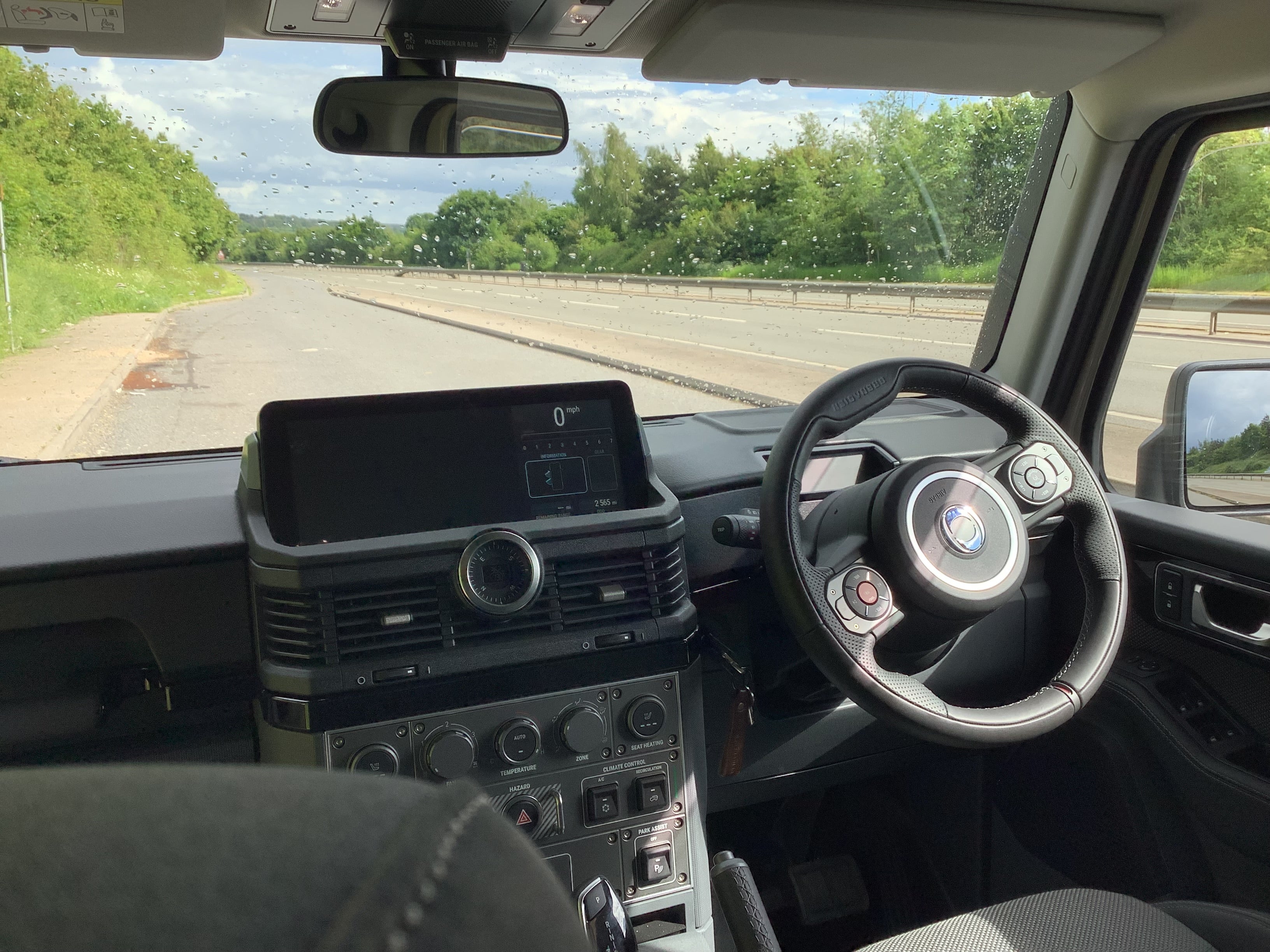
You might expect the Grenadier – because of its owner, its name and because it is so reminiscent of the classic Defender – to be a thoroughly British modern icon. That indeed was once the intention – to build it at a former Ford plant at Bridgend in South Wales, but that plan was abandoned when the Smart factory at Hambach fell vacant.
The design is British, but the only component made in the UK is the plastic grille, which comes from parent Ineos. The engine is a straight-six BMW unit, married to a German ZF eight-speed gearbox, and the shafts, axles and differentials that make up its impressive off-road four-wheel drive system are sourced from all over the EU.
But if, like me, you expected this attractive, retro design to be an ideal SUV, combining the ruggedness and old school abilities of the “Landie” with the kind of on-road sybaritic pleasures to be enjoyed in a Range Rover or Bentley Bentayga... you are in a for a bit of a jolt, in more ways than one.
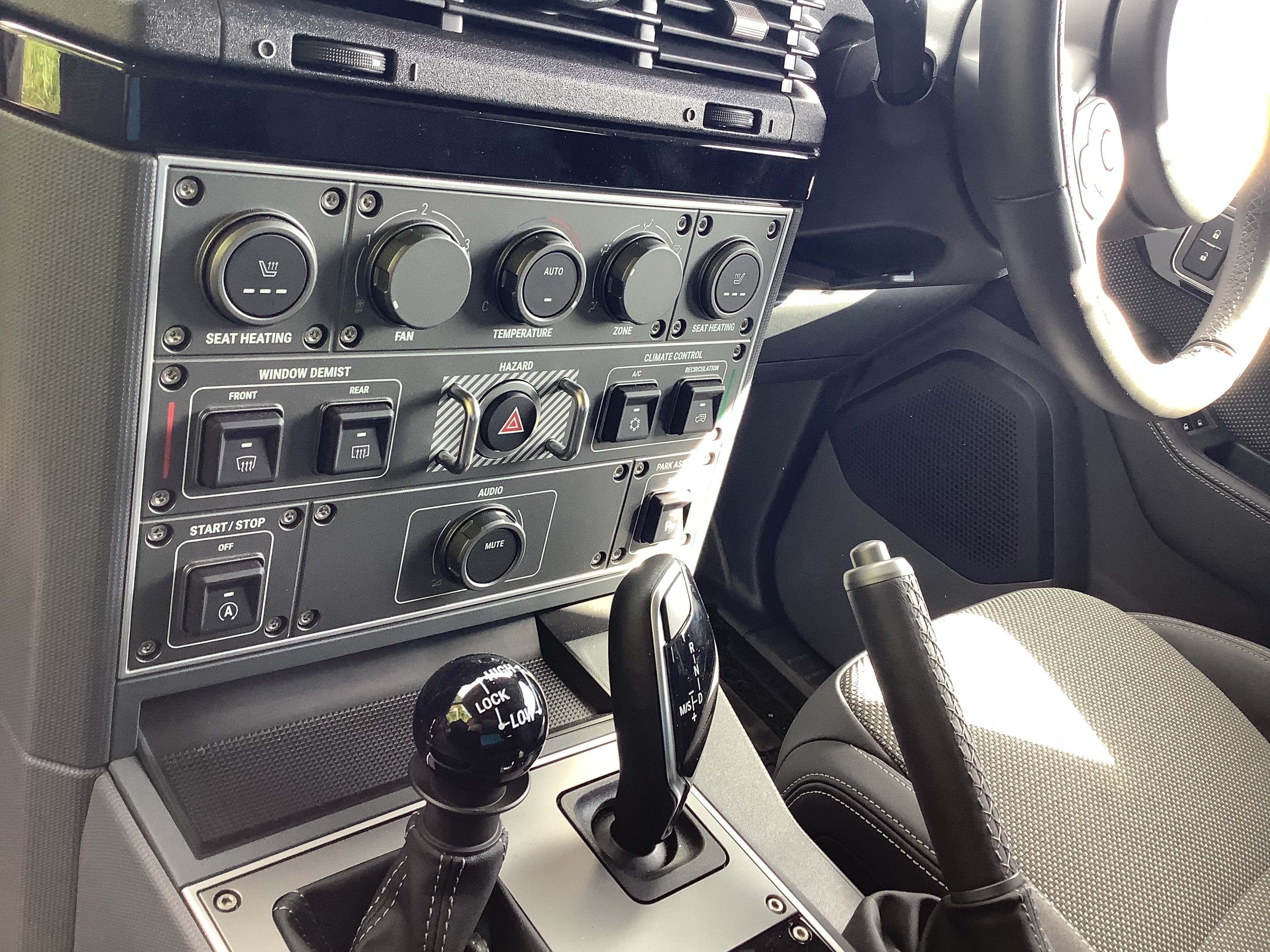
Apparently Ratcliffe always wanted the Grenadier (named after a pub rather than a kind of soldier, by the way) to be a proper, no-compromise, rugged, unbustable, go-anywhere vehicle, and one that depends more on the manual judgements and inputs of its driver than software (though obviously it has an electronic brain too).
So, when you hoy yourself into the cab (with some difficulty if you’re on the short side), you’re confronted with a galaxy of dials, knobs and levers to tackle most terrains. The most fun feature is the array of controls on the ceiling, arranged as if on an aircraft. I had the great pleasure of taking an accompanied drive round the off-road obstacle course at the motor industry’s superb research facility at Millbrook, Bedfordshire, and the Grenadier lived up to its billing. Nothing fazed it (unlike your nervy correspondent).
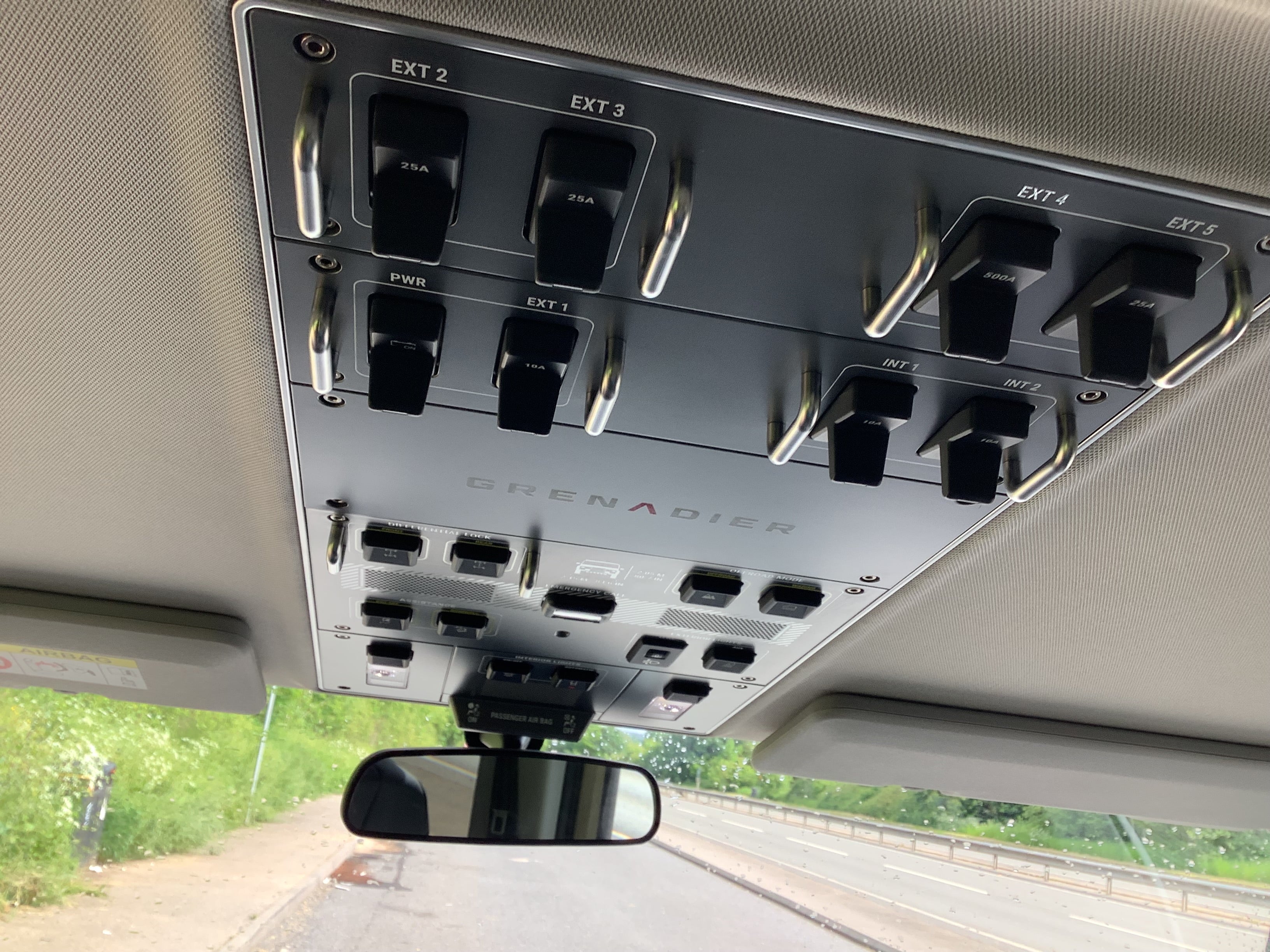
On road, well it’s a different story. I’d heard all the propaganda about the Grenadier living up to its kind-of-predecessor Land Rover’s superlative capabilities in the rough, but for some reason assumed that it would also be comfy and sporty on road. That’s, I suppose, because that’s the general expectation people have for these vehicles. Indeed, truth be told, most 4x4 SUVs never tackle anything more challenging than the car park at Waitrose. So this is one area where the Grenadier was a bit of a letdown.
THE SPEC
Ineos Grenadier Trialmaster
Price: £78,704 (as tested; range from £72,378)
Engine capacity: petrol, 6-cyl, 8-sp auto
Power (hp): 245
Top speed (mph): 99
0-60 (seconds): 8.6
Fuel economy (mpg): 18.9
CO2 emissions (WLTP, g/km): 336
It’s near rival, the Mercedes-Benz G-wagen, can do the off-road thing and still drive like a “normal car”, and with its classic chiselled looks fulfil its principal role of fashion accessory. That’s not what the Grenadier is. The Grenadier is awful on road. It’s noisy, especially when pushed and its brick-like aerodynamics don’t help. The steering set-up is ideal for climbing mountains, but frankly unacceptable at motorway speeds (probably not helped by the chunky tyres). The design of the steering box also means the Grenadier won’t right itself and self-centre after you’ve turned a corner, though you very quickly get used to that.

You sit very high, thanks to the off-road ground clearance, and it feels much bigger than it actually is – the footprint is more like that of a Volvo estate. There’s room for four or, more of a pinch, five inside, but it’s not all that space efficient. The rear seats fold for extra luggage space, but don’t go flat. I also had a strange incident when the car temporarily wouldn’t start while the engine was still warm; but by the time I’d found the recovery service number it was fine again. Apart from that, I should stress, the car performed flawlessly on and off-road.
By the way, I especially liked the secondary horn, a “toot” accessed via a red button on the steering wheel. It appears to have been made for cyclists.
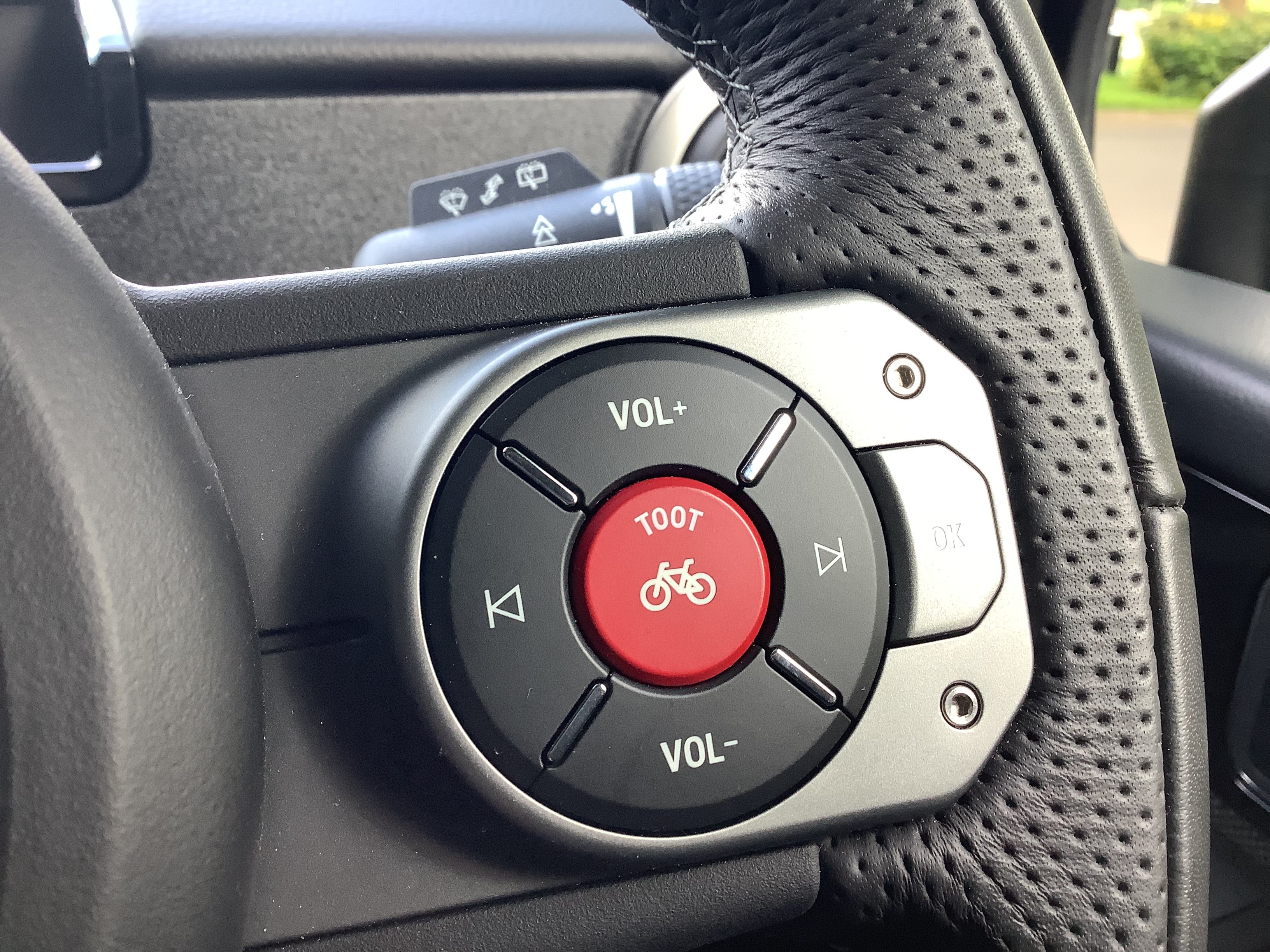
The Grenadier’s main issue is its price, £70,000 plus, and finding its place in the market. If I had an awful lot of money and a large estate such as Balmoral, the Grenadier would be an ideal car to roam around and perfect my primitive off-road driving skills. In fact, it would be enormous fun to do so in the company of such a handsome, able machine. But I wouldn’t feel happy about taking it into town or on a long road trip.
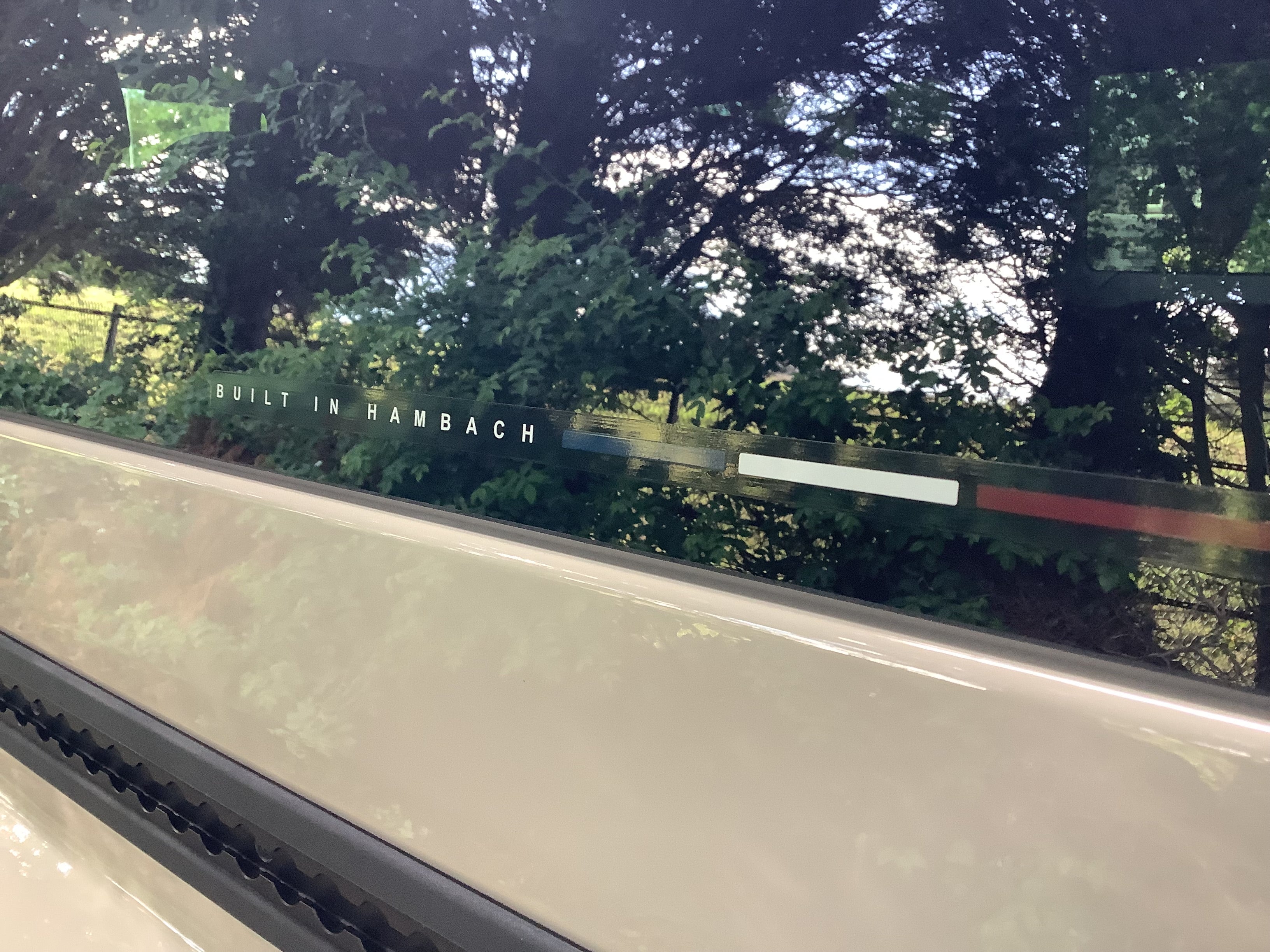
For farmers and builders who need an economical vehicle with flat seats and load carrying capacity, a town cab Ford Ranger, Isuzu D-Max or Toyota Hilux pickup are almost just as able and far cheaper. For an expensive luxury SUV that can take the rough stuff you get more for your money with a BMW, Mercedes or, indeed, a new Land Rover Defender. The other issue is that the Grenadier, because of its already heavy “ladder” chassis construction isn’t suitable to be produced as a battery electric vehicle.
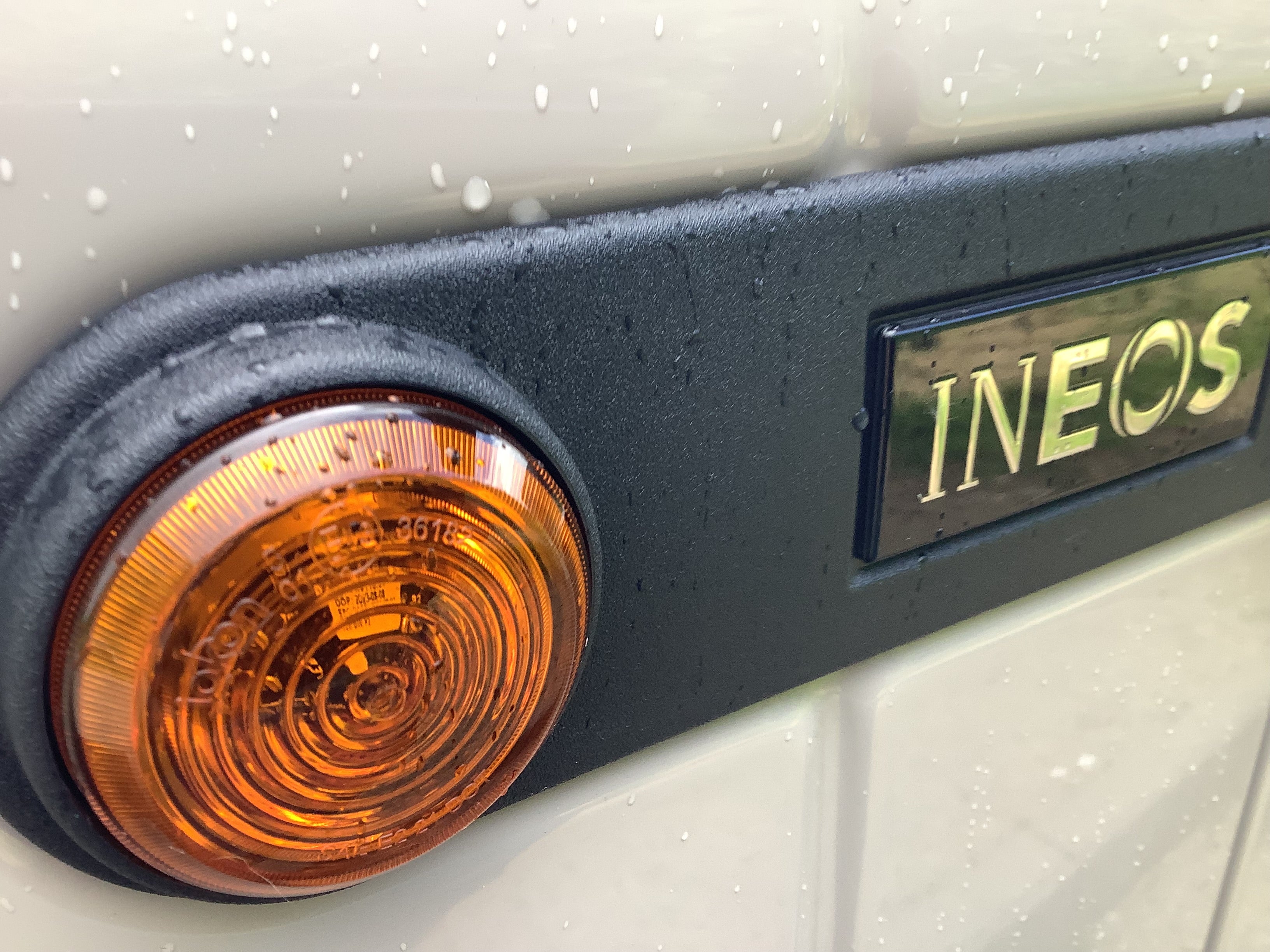
At some cost (£5m), the company have engineered a prototype hydrogen fuel cell version, which is almost silent in operation and just as good on and off road; but as yet the UK lacks the infrastructure even for its stock of BEVs, let alone hydrogen gas stations. Lynn Calder, the chief executive of Ineos Automotive, makes a strong case for investment in hydrogen; and for exemptions from the new zero emissions mandate for a wider range of niche users, behind the emergency services. To her mind, a more “platform agnostic” approach to lower emissions would allow more creative solutions to emerge. Makes sense.

However, in the UK at least, under current plans the end of the internal combustion engine means the premature end of the Grenadier (there are only going to be petrol and diesel options).
As things stand, I reckon the ideal customer for the Ineos Grenadier is… Sir Jim Ratcliffe, a chap who can surely afford a car for every application, if not a different one for every day of the year too. For the Grenadier to be truly successful the world needs a few more multi-billionaires. I’m just waiting for the Manchester United Limited Edition. There’s a joke in there, but I’m not going to make it.
Join our commenting forum
Join thought-provoking conversations, follow other Independent readers and see their replies
Comments
Bookmark popover
Removed from bookmarks